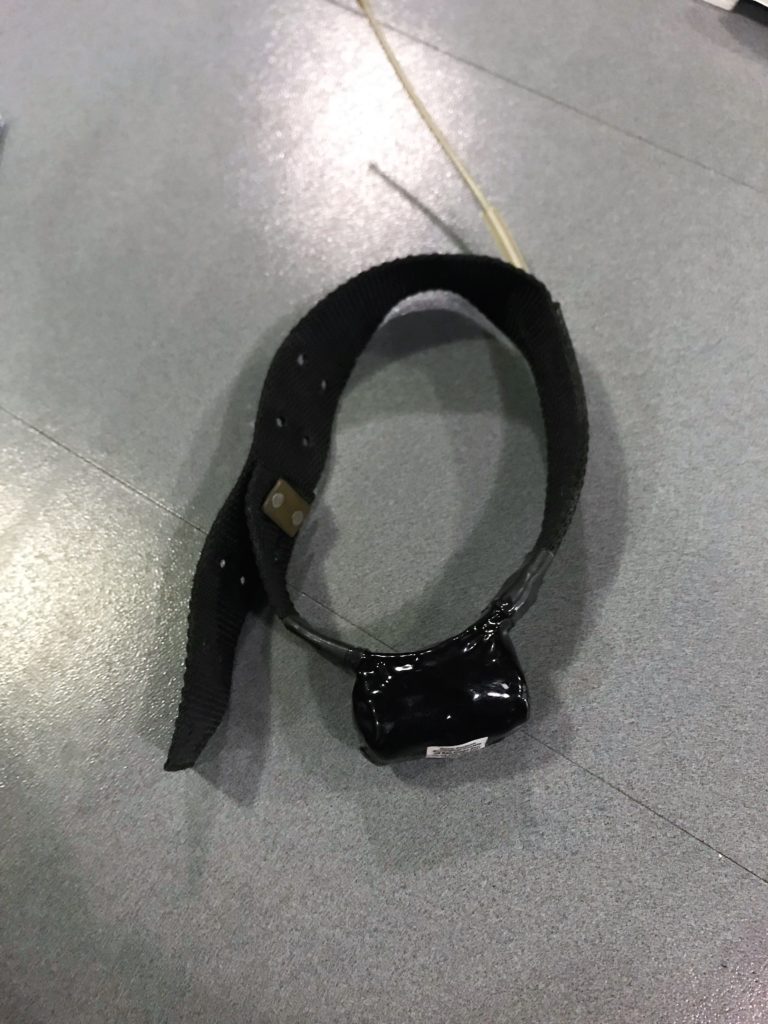
Zoo InternQuest is a seven-week career exploration program for San Diego County high school juniors and seniors. Students have the unique opportunity to meet professionals working for the San Diego Zoo, Safari Park, and Institute for Conservation Research, learn about their jobs, and then blog about their experience online. Follow their adventures here on the Zoo’s website!

What animal has fuzzy, thick grey fur, and loves sleeping in eucalyptus trees? Koalas! Last week, we learned about koala conservation from Jennifer Tobey, who is a Researcher and Animal Behaviorist at the San Diego Institute for Conservation Research. Over the span of 21 years, Ms. Tobey has worked with a plethora of animals ranging from primates to marsupials. At the Institute for Conservation Research, Ms. Tobey helps to improve the survival of species with scientific research on behavioral ecology, genetics, and wildlife diseases. Behavioral ecology is the study of an animal’s behavior adapting to conditions of the environment, such as penguins gaining warmth by huddling in the arctic. Ms. Tobey utilizes behavioral ecology in her job when she observes the animals as an Animal Behaviorist at the Zoo or on her travels to international countries to analyze how animal species adapt in the wild. Understanding how an animal acts in the wild and comparing our observations to what we see in the Zoo is one key part in saving species from extinction.
One of the first steps to koala conservation is to watch over koalas in Zoos. Throughout the years, well-kept records of the koalas have been archived, recording everything from behavior to genetics. The Zoo has specialized books called studbooks in order to keep track of the koalas lineage. In order to prevent inbreeding and establish a wide variety of genetics, different AZA (Association of Zoos and Aquariums) accredited Zoos have shared koalas with the San Diego Zoo, which has the largest group of breeding koalas outside of Australia. When koala breeding season arrives, each female koala at the Zoo has the choice to mate with two to four males. By keeping koalas healthy, studying their behavior, and allowing female koalas to have a choice to breed with two to four males, over 100 koalas have been born at the San Diego Zoo. By housing koalas at the Zoo, the Zoo is able to educate guests about the importance of conserving koalas. Additionally, maintaining a healthy and genetically diverse group of koalas at the Zoo allows for Ms. Tobey to analyze koala actions and compare them to those in the wild.
Ms. Tobey shared information about the international koala conservation project she is participating in called Blue Mountains Koala Project. This project was created to help monitor and koala population sustainability in a mountain range called Blue Mountains located in New South Wales, Australia. Named for the rainy climate in the Blue Mountains, Ms. Tobey and her team has been conducting research for four years. In order to conduct research, Ms. Tobey partners with a conservation team including a variety of people from professional tree climbers to field researchers in Australia.
Venturing out into the Blue Mountains, the conservation team will tag, track, and gather data to help prevent extinction of koalas. In order to obtain data, professional tree climbers will dangle a flag above a koala’s head, which will naturally cause a koala to move down the tree trunk. Once measurements of the koala’s weight, height, and blood are recorded on a file, each koala obtains an identification number, matching the tag placed on their ear. Lastly, the koala will be fitted with an additional tracker, which records movement patterns. Above, you can see a photo of an old collar tracker, which was placed around their neck, however today reengineered technology is a better alternate. Before the collars would be bulky, easily destroyed, very expensive, and had a short battery life. Now, koalas are equipped with smaller ear trackers that are cheaper and include a longer battery life. After the check-up, koalas are safely released back into the trees. The global research is given to the San Diego Zoo in order to help solve conservation problems and issues koala species have in the wild.
Why do koalas need our help? The Blue Mountain range was historically inhabited with many koalas, but global climate change and habitat loss has caused the decimation of the wild population. Global climate change is a change in weather patterns, which causes the climate in different areas of the world to become hotter, colder, and can even increase the amount of water vapor in the air. One cause of climate change is the increase of the amount of greenhouse gases released into the Earth’s atmosphere. Examples of greenhouse gases are carbon dioxide, nitrous, and methane.
Greenhouse gases are important in keeping the Earth at an overall warmer temperature and without them the planet would be a much colder place. One way you can help fight global climate change is by carpooling to work, which decreases your carbon dioxide output. In addition, koalas suffer from habitat loss due to agriculture developments. In order to restore the natural environment, the owners of agriculture farms are planting eucalyptus trees, converting the land back into the natural habitat and allowing for native animals to return. Additionally, you can help save koalas by educating your friends and family about these amazing animals. With the combination of international conservation and your involvement, we can prevent the koalas from going extinct!
Maranda, Conservation Team
Week Three, Winter Session 2019




